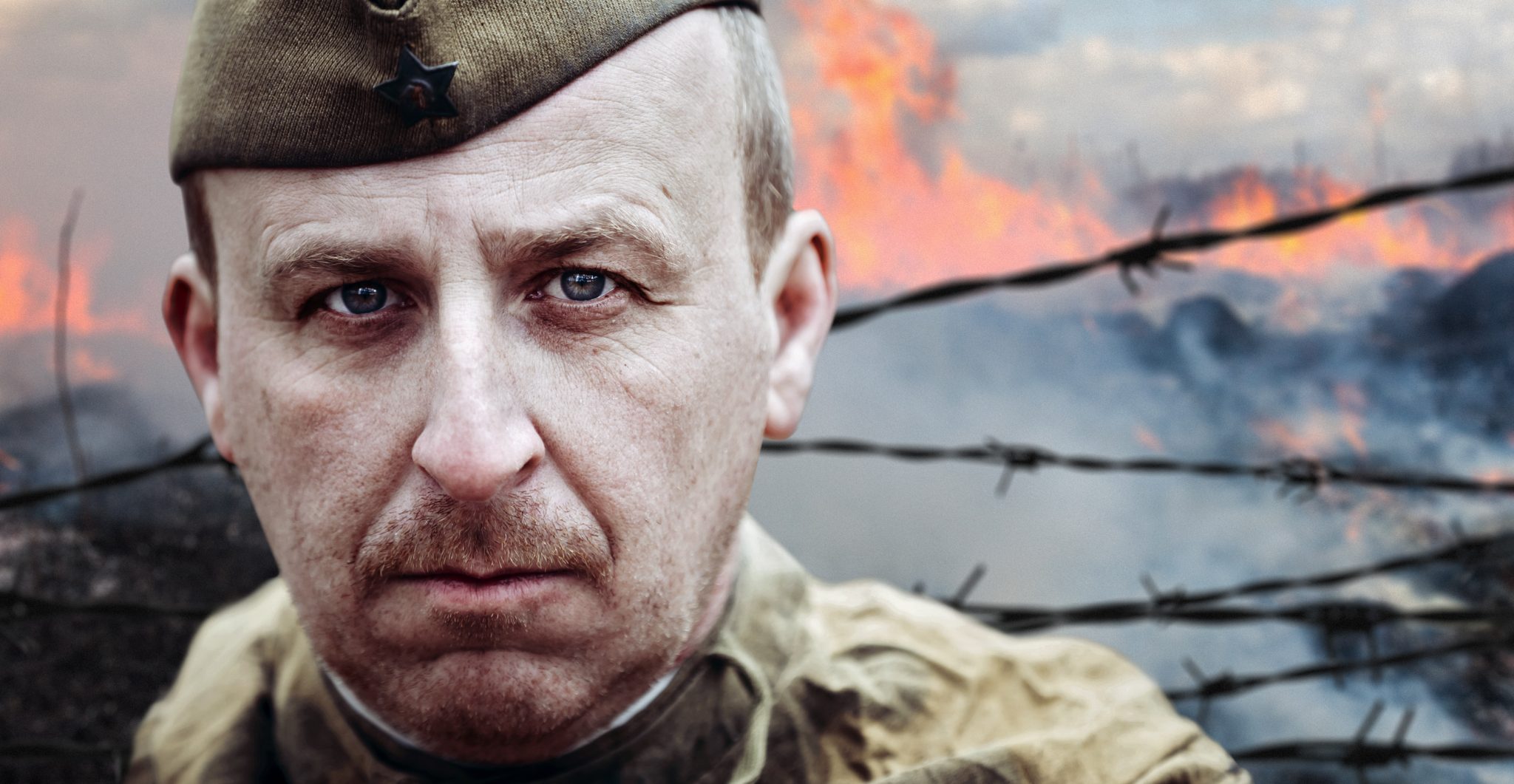The Red Army had a reputation for being fairly profligate with its manpower. The way that it conducted operations in World War II was no exception. Men and material were fed in the maelstrom of combat in untold amounts. The Eastern front swallowed men and armies of both sides to their doom.
The Soviet army was also known for its strength in numbers. The USSR with its subsidiary republics was able to call upon a wide pool of manpower to flesh out her armies in time of conflict.
This massive force was usually made up of conscripted soldiers who had had little to no formal education. This led to them being considered brutes and usually treated as such.
Officers and commanders especially were more concerned with beating back the Germans than with how many casualties it would cost to do so. The question is, did it rise to the level of sending men through minefields to clear them with their own bodies like human mine detectors, as rumored?
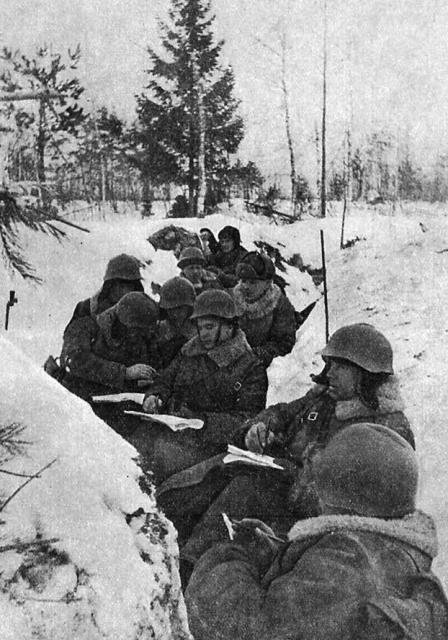
Beginning in the 1920s the Soviet Union underwent an upheaval in her armed forces. Joseph Stalin, as its dictator, embarked on a purge to remove supposedly disloyal officers as well as anyone else who could possibly pose a threat to his rule. Along the way he instituted the commissar system, in which there were political officers with equal standing to regular commanders in the military.
These commissars were frequently more willing to treat men as expendable capital to accomplish victory. It is well known that they would execute anyone considered to be a traitor or coward. The historical record contains many documented examples of this happening during the war.

So if ordered to move forward, men may have done it out of fear rather than it being a defined instruction with the intention to clear mines. Better to chance a mine than the certainty of a bullet.
Newly constituted units of men with little to no training also may not even known that minefields were in their path until they were already taking casualties. At that point fear could easily take hold, causing men to rush heedlessly in any direction to escape the danger. This would look to an observer like they were ignoring the danger posed.
Additionally, the Soviets also had what we might call penal or punishment battalions. These were units in which those convicted of a myriad of offenses could be sentenced to serve. Men who had been captured by the enemy and then escaped back to Soviet lines would find that they were now considered traitors and assigned to these units to regain their honor.
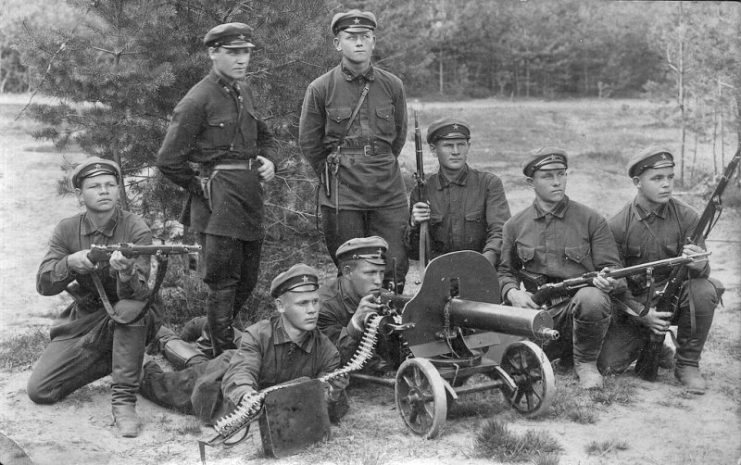
These units were often assigned to difficult tasks and missions like impossible assaults against prepared positions. They would be denied necessary fire support as well as any specialized support.
Without the aid of specialists like engineers, whose purpose was to find and disarm enemy minefields, sending a penal battalion into certain situations would be akin to sending them walking through a minefield without acknowledging it existed.
Adding to that treatment of penal battalions, specialized mine clearing units were low in number and high in demand on the eastern front. Regular units were often short of these same troops. So it may not have been a total lack of regard for the men so much as that there was no real alternative.
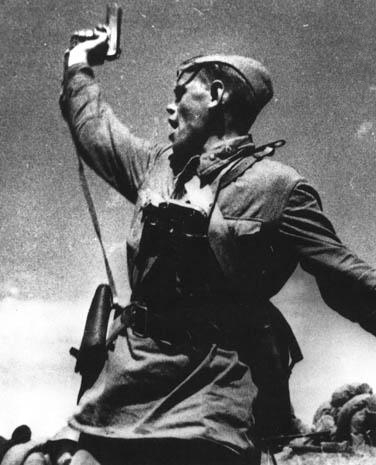
Orders were expected to be carried out regardless of consequences. If a commander told his men to take their time and try to disarm the mines as they went he risked being called a coward or shirker of duty and being arrested or worse.
The only real instances in which the historical record provides a plausible explanation for the human minesweeping rumors is that the Soviets would take German prisoners and make them go ahead of Soviet troops to remove boobytraps and mines as they went into captured areas.
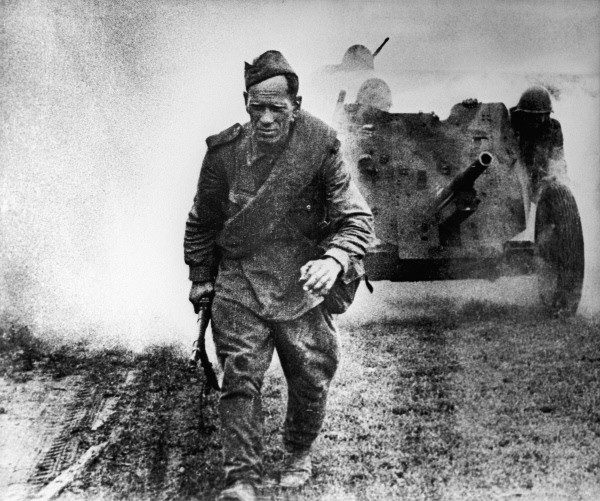
The Soviets in their fury were very unconcerned with dead or hurt Germans, so there are recorded instances of assaults preceded by German prisoners who were prodded ahead of the Soviet line of advance. From the German lines the ragged prisoners wouldn’t have looked much different from Soviet troops. This could have led to some of the stories of soldiers marching headlong into minefields.
One minor historical aside to this is a story that has been attributed to various Soviet generals. Russia has always been able to depend on the freezing cold of “General Winter” to assist its army. Supposedly a Red Army general was once leading an assault on German positions after an early freeze.
Looking out on the enemy positions he realized that the ground where they had laid their minefield was frozen hard. This meant that the mines would not react to the pressure of the men stepping on them, making them harmless as a result. This led the Soviet general to order his men to assault as if the minefield did not exist.
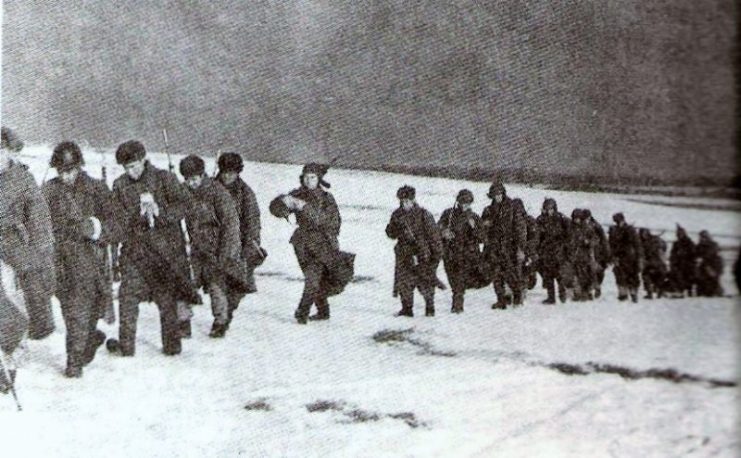
Of course in the story the assault succeeds and the Germans fall back in a rout. The only problem with this tale is that there is no real evidence of it happening aside from propaganda stories.
So basically there is no documented instance of Soviet troops being ordered to ignore minefields. Certainly the Red Army was callous with its men and prisoners, but only tangential or unverified evidence exists of anything worse in regard to mine clearance.
